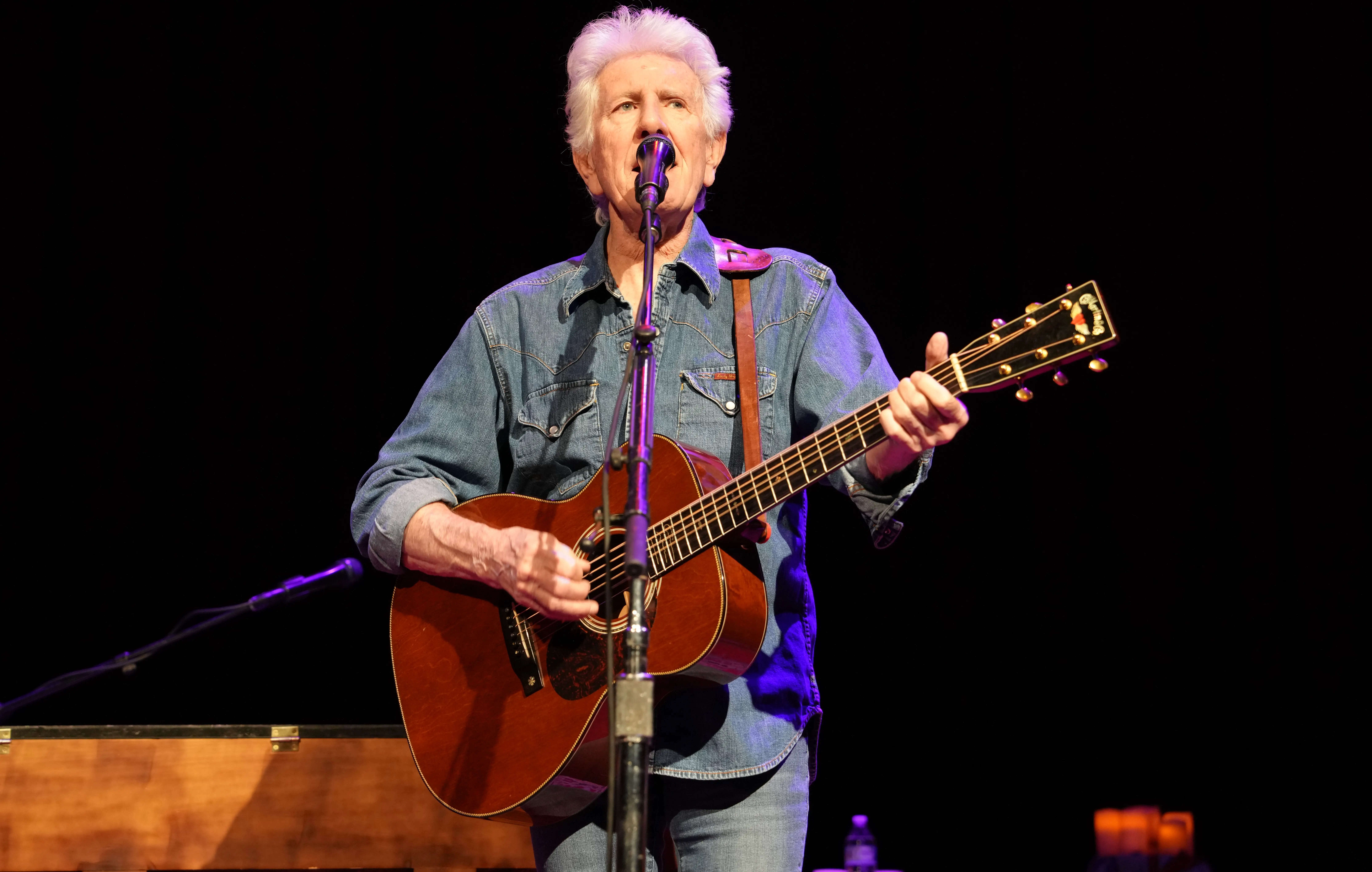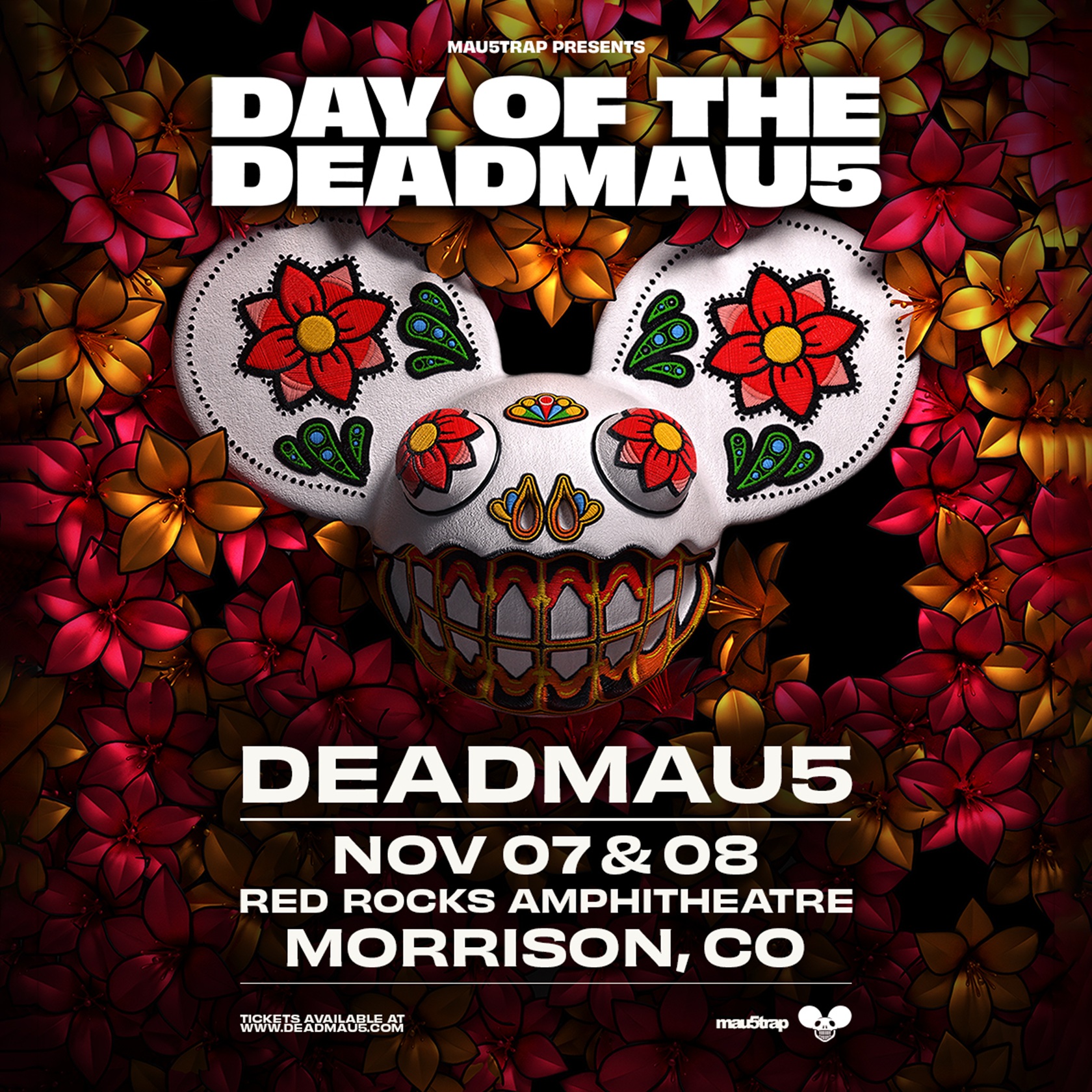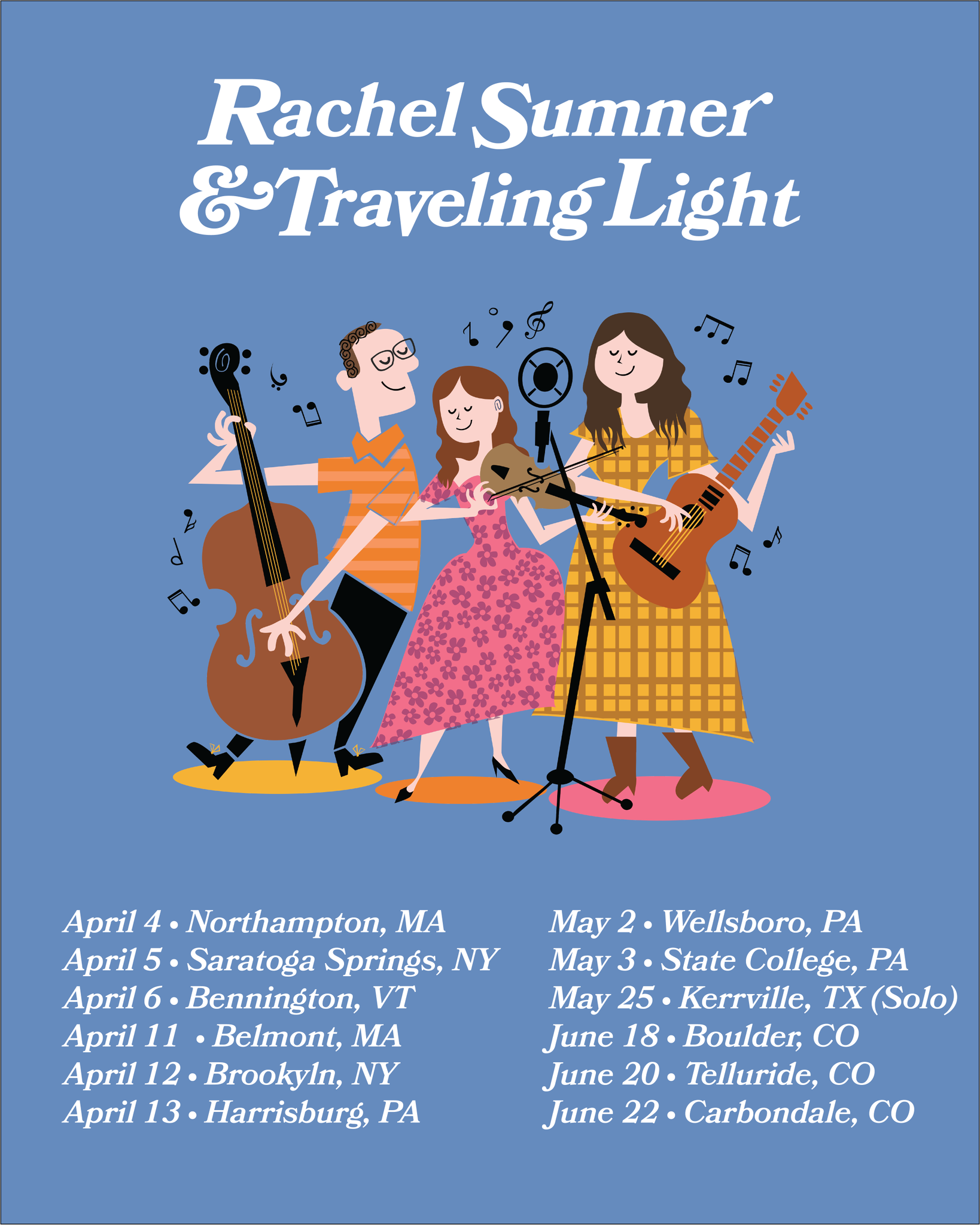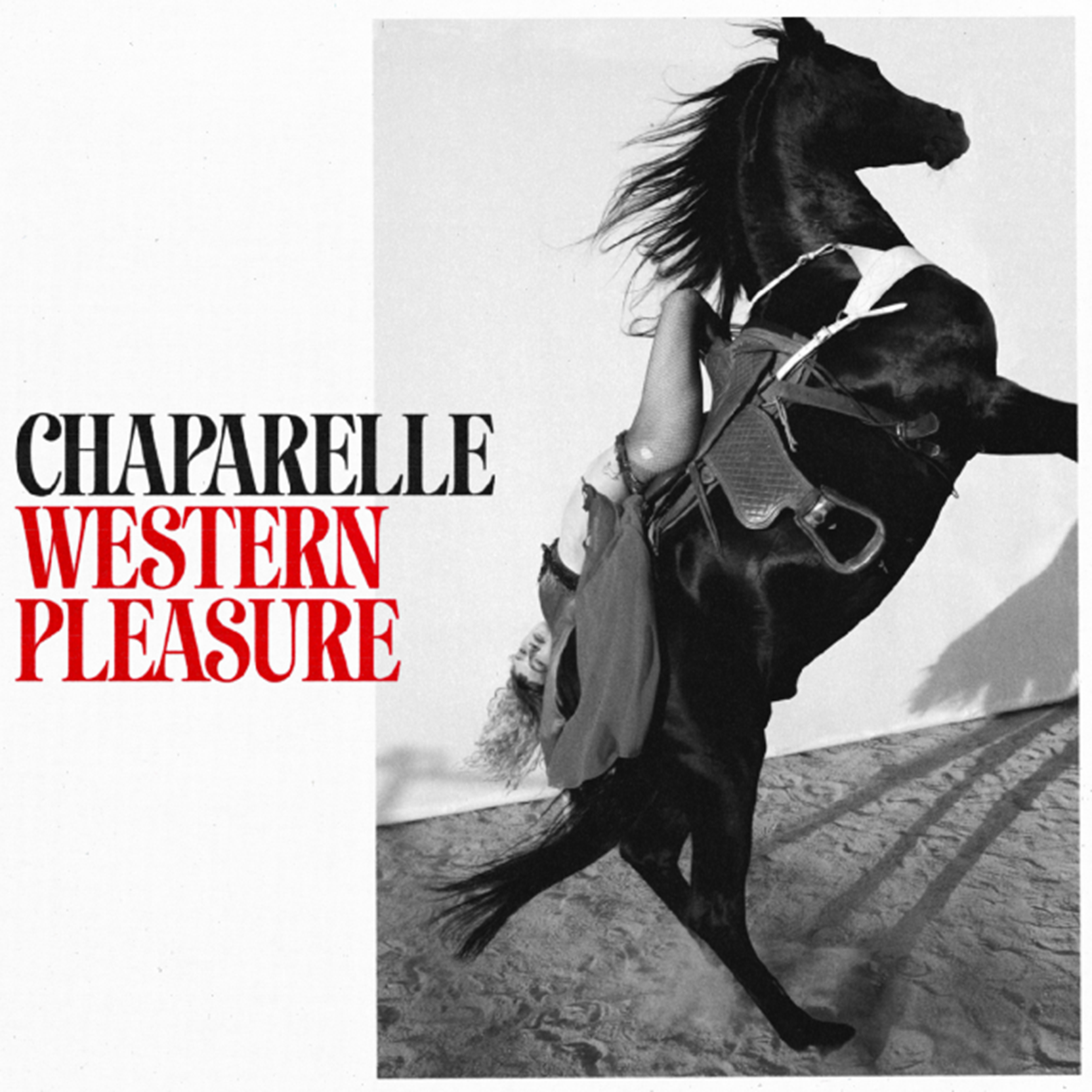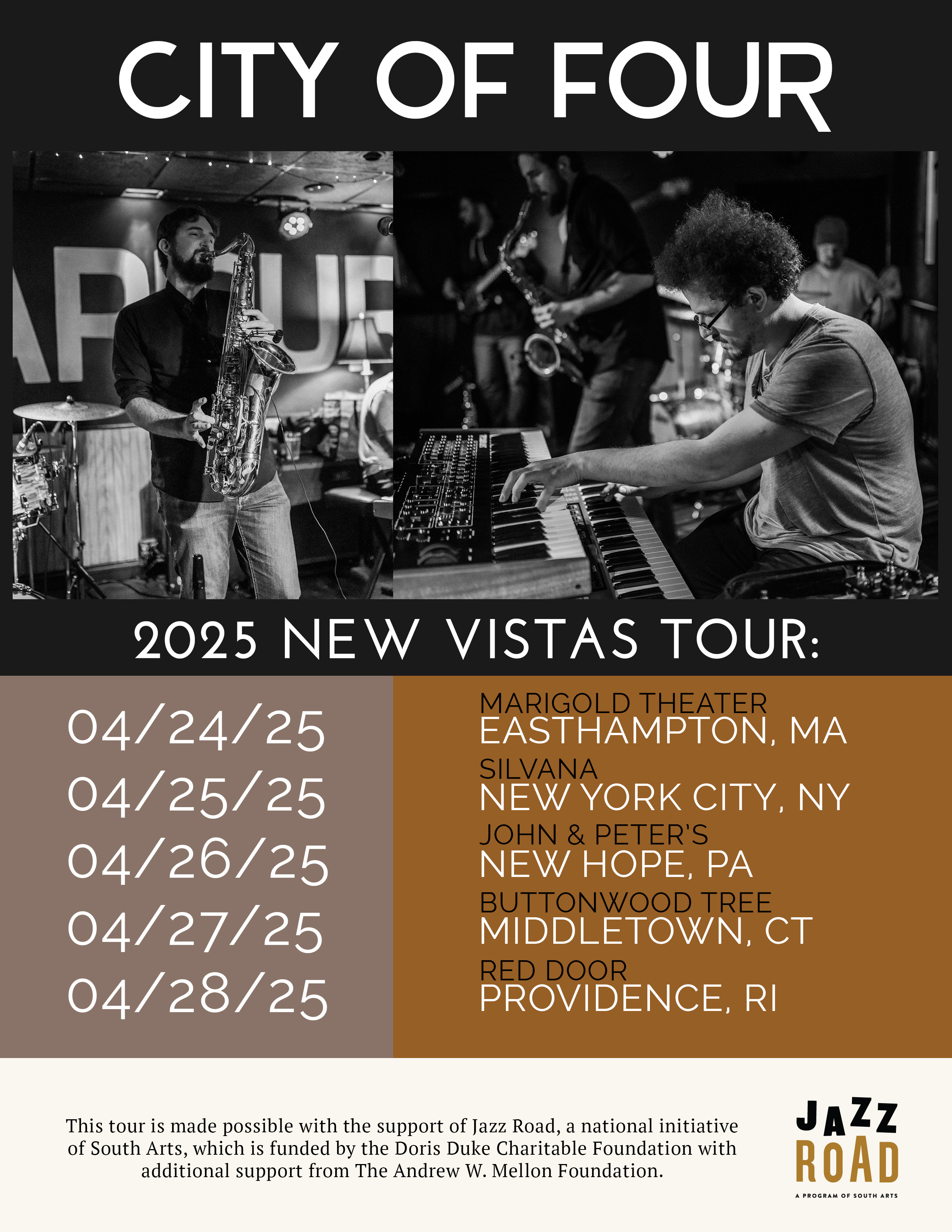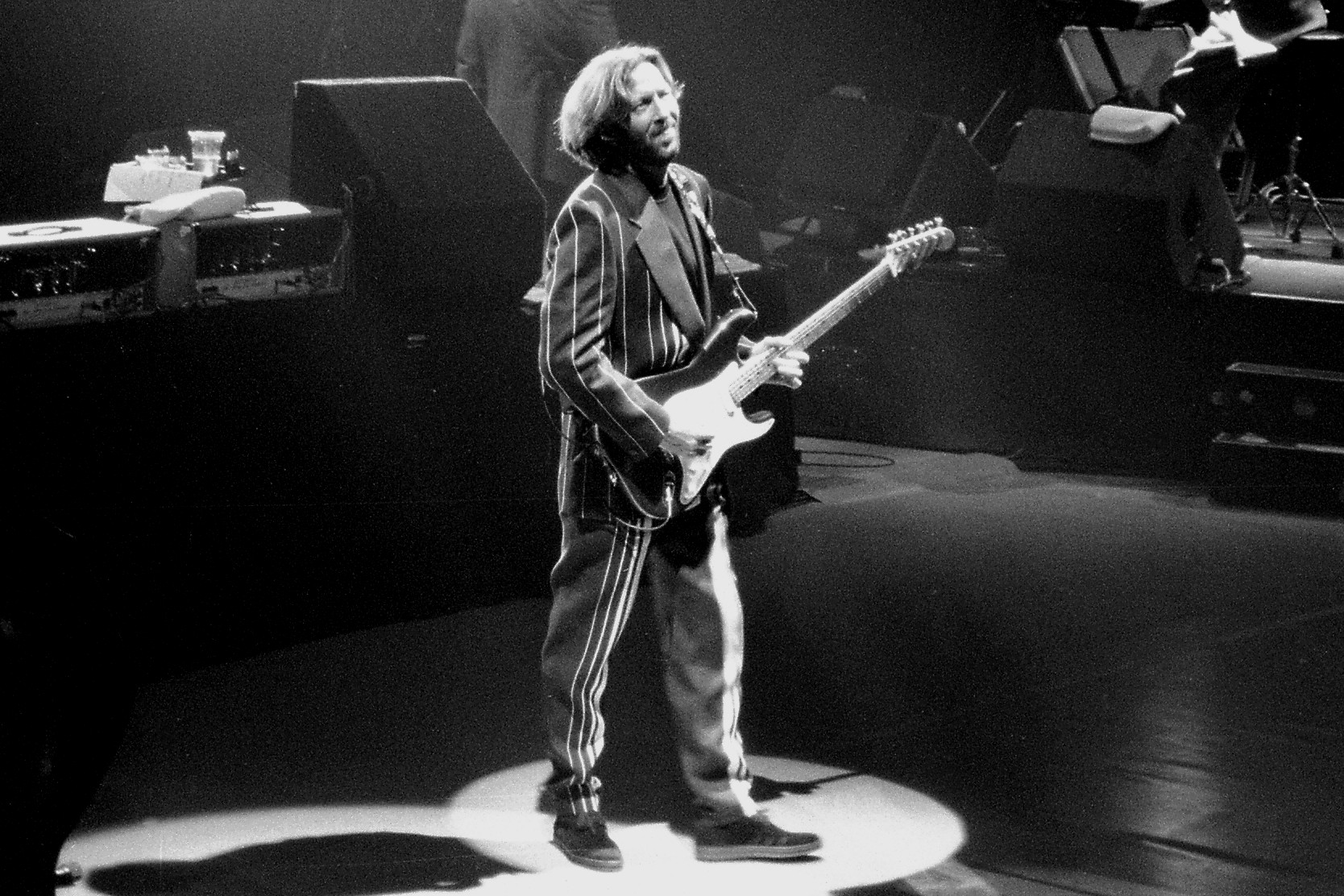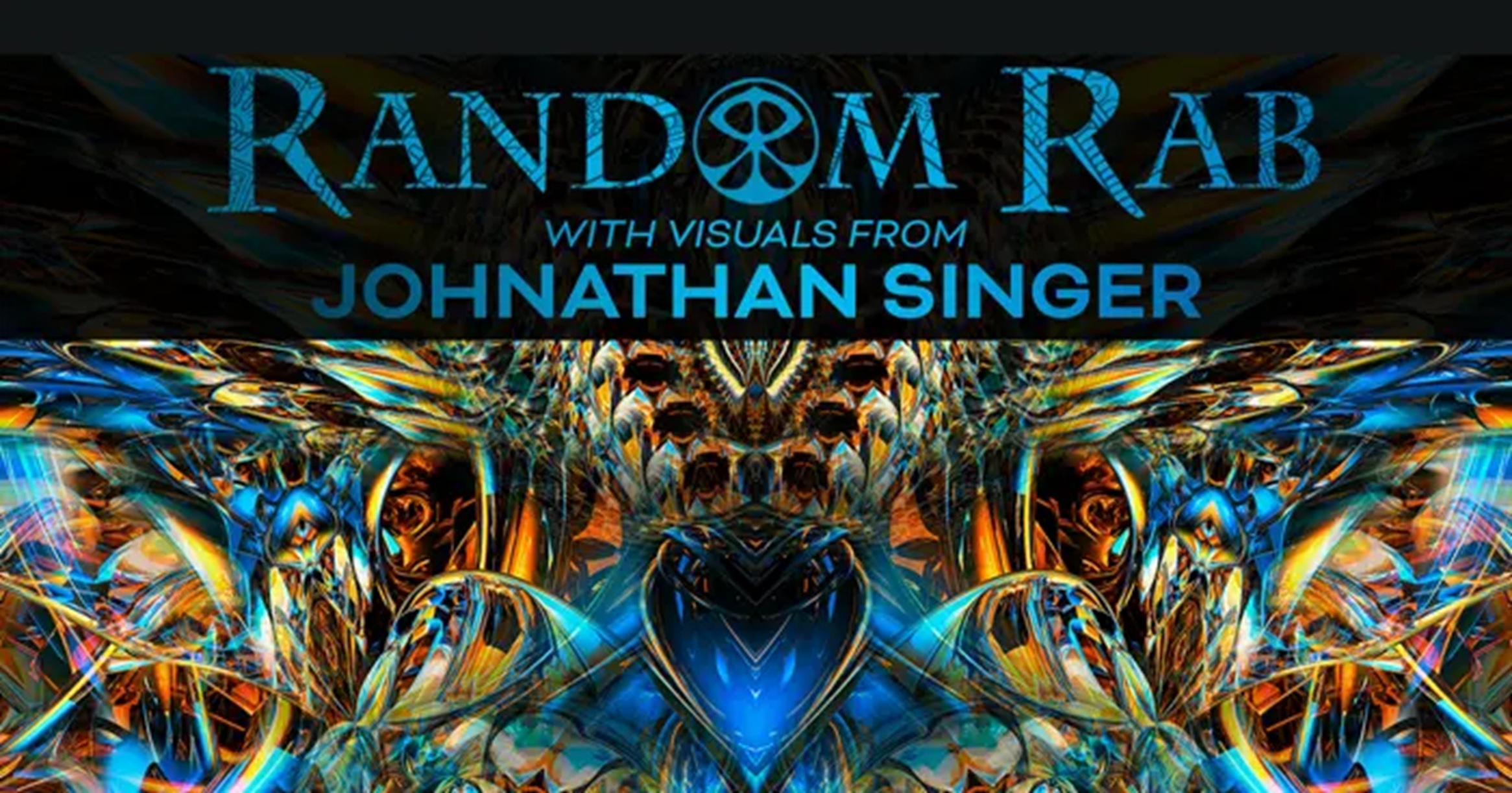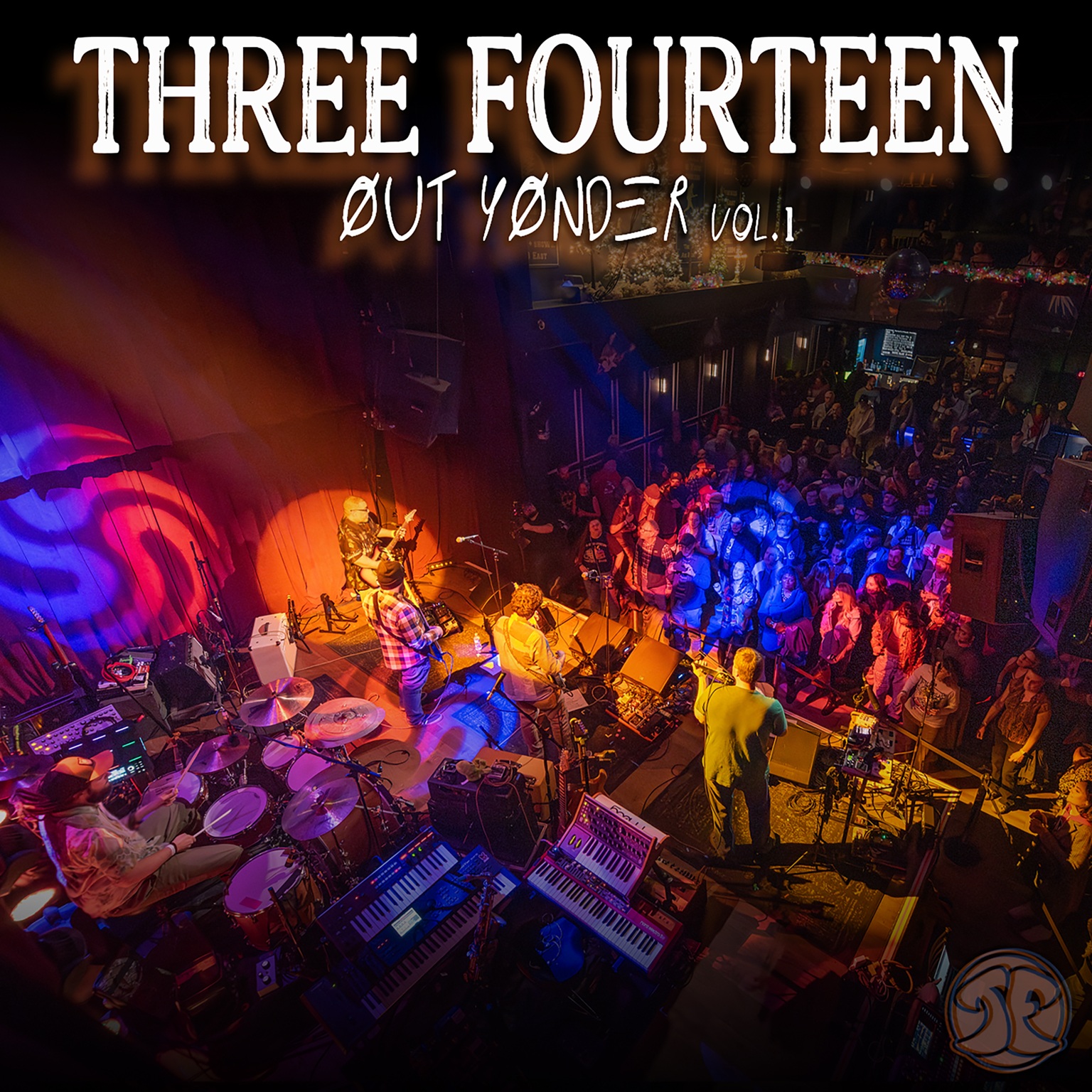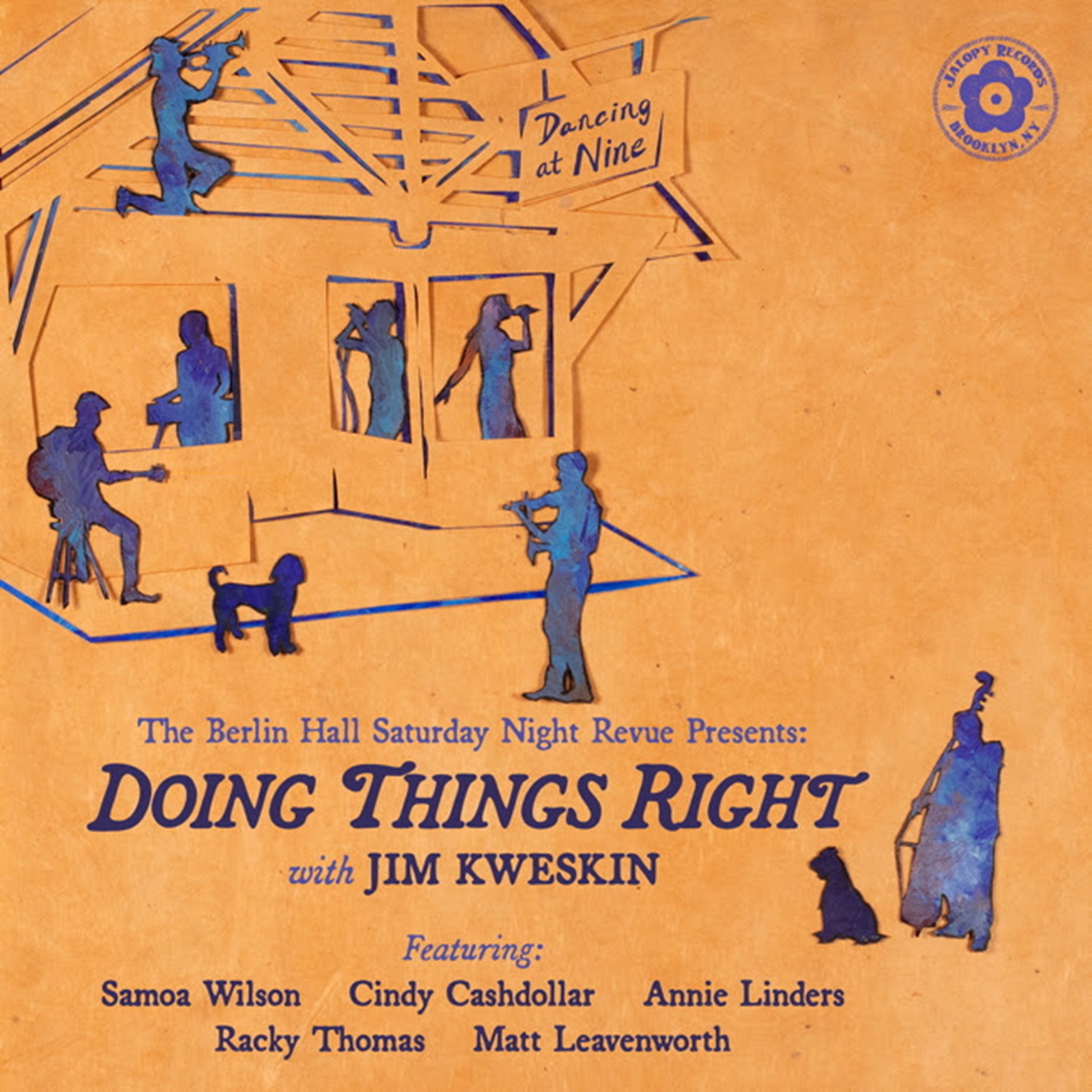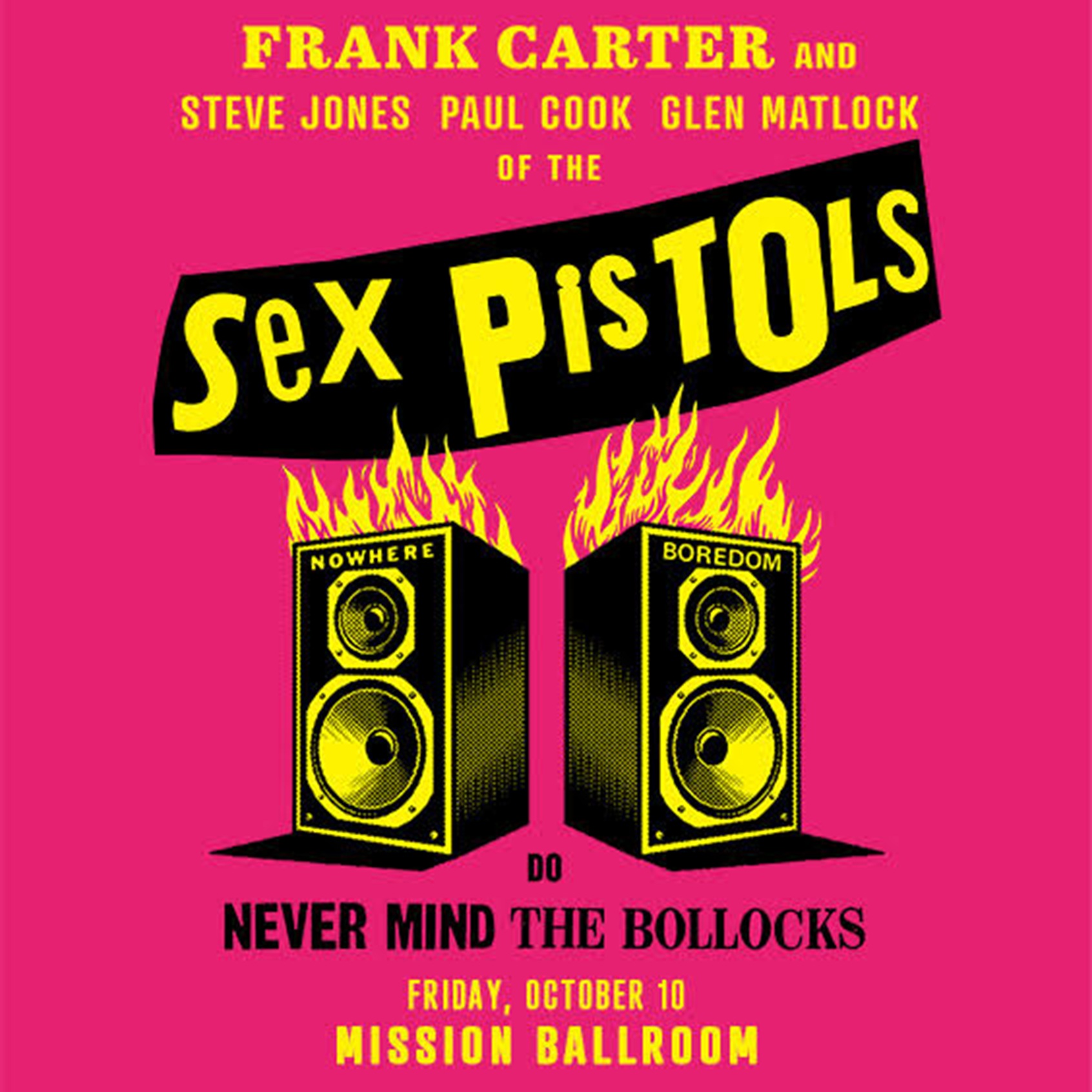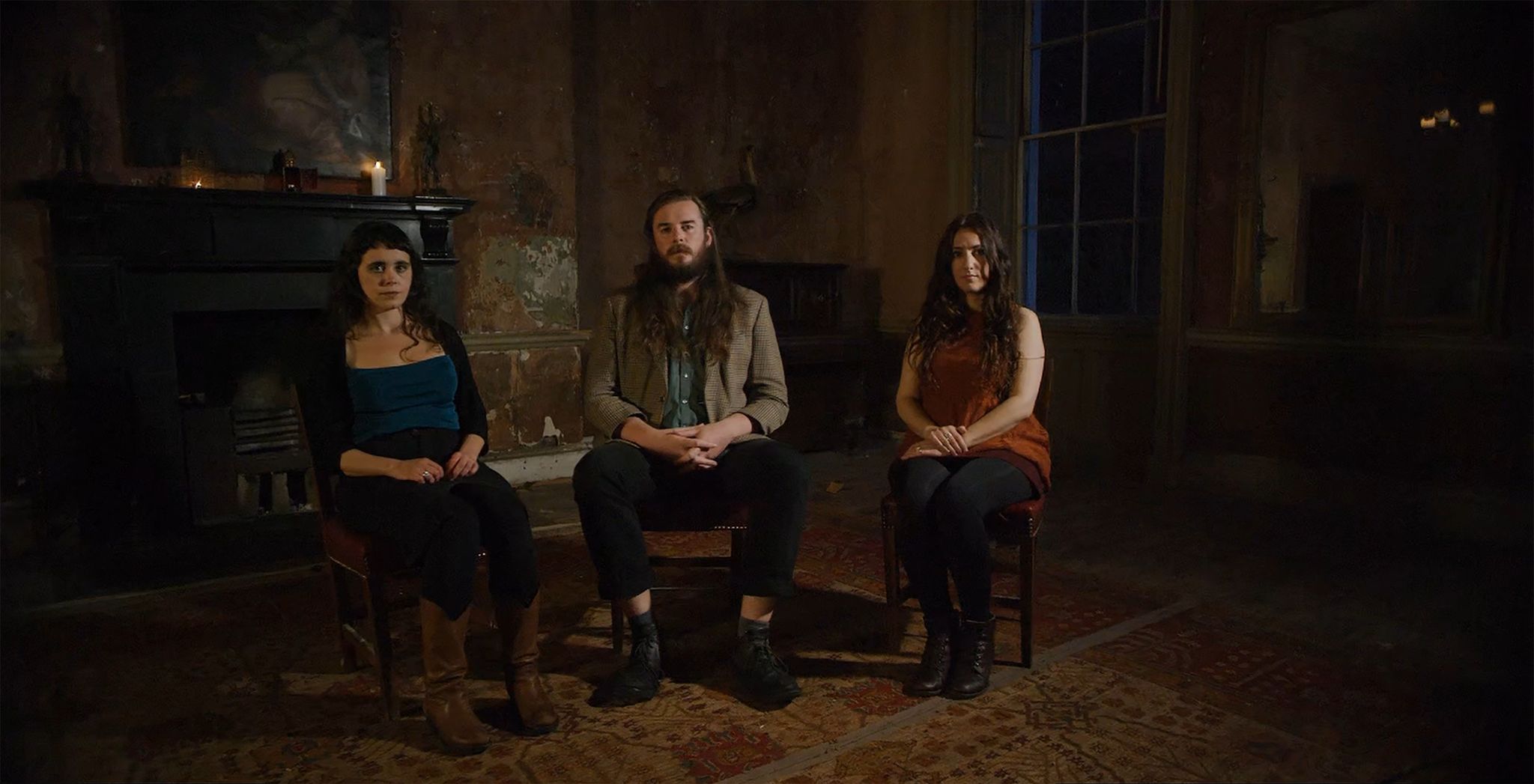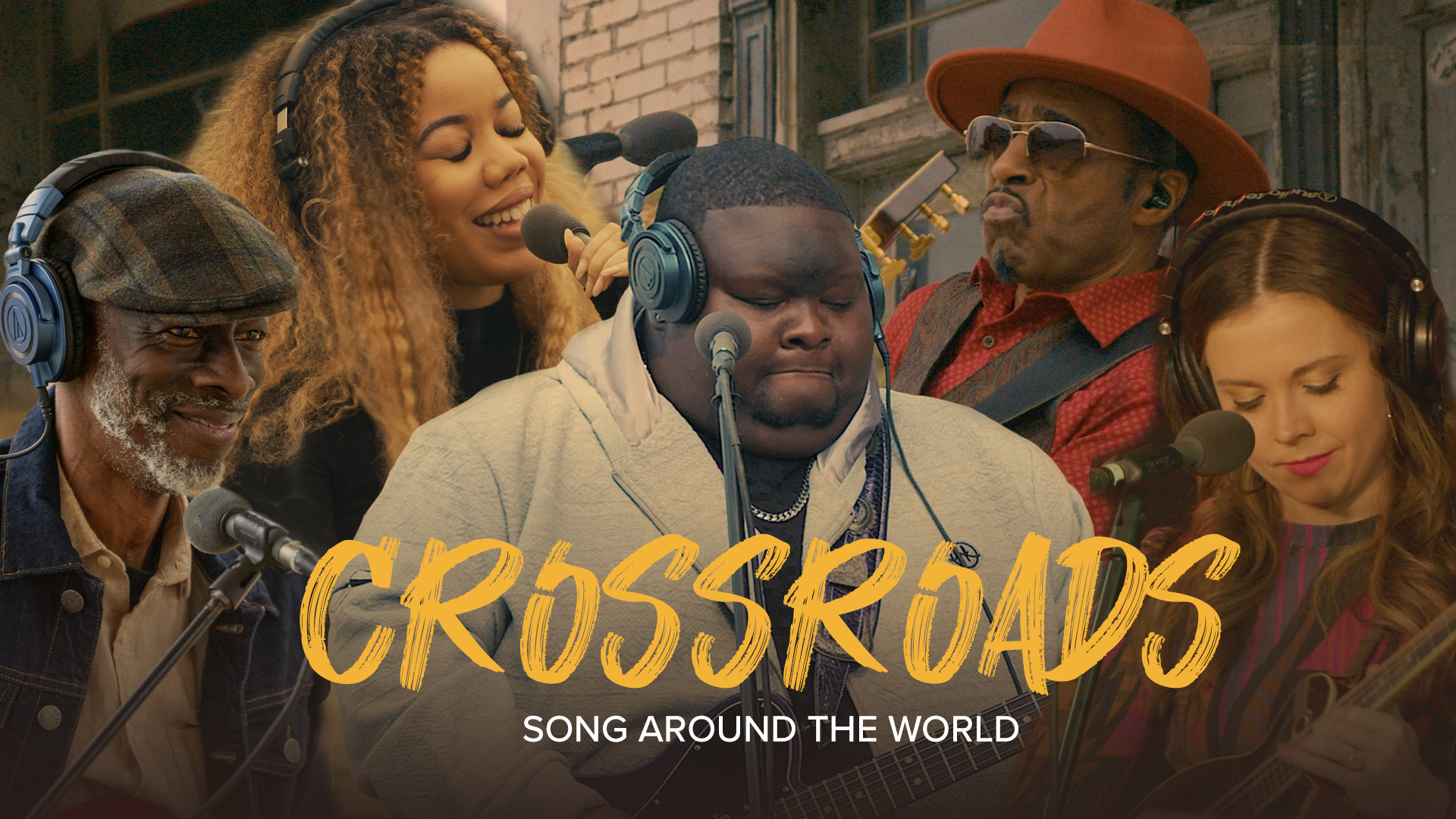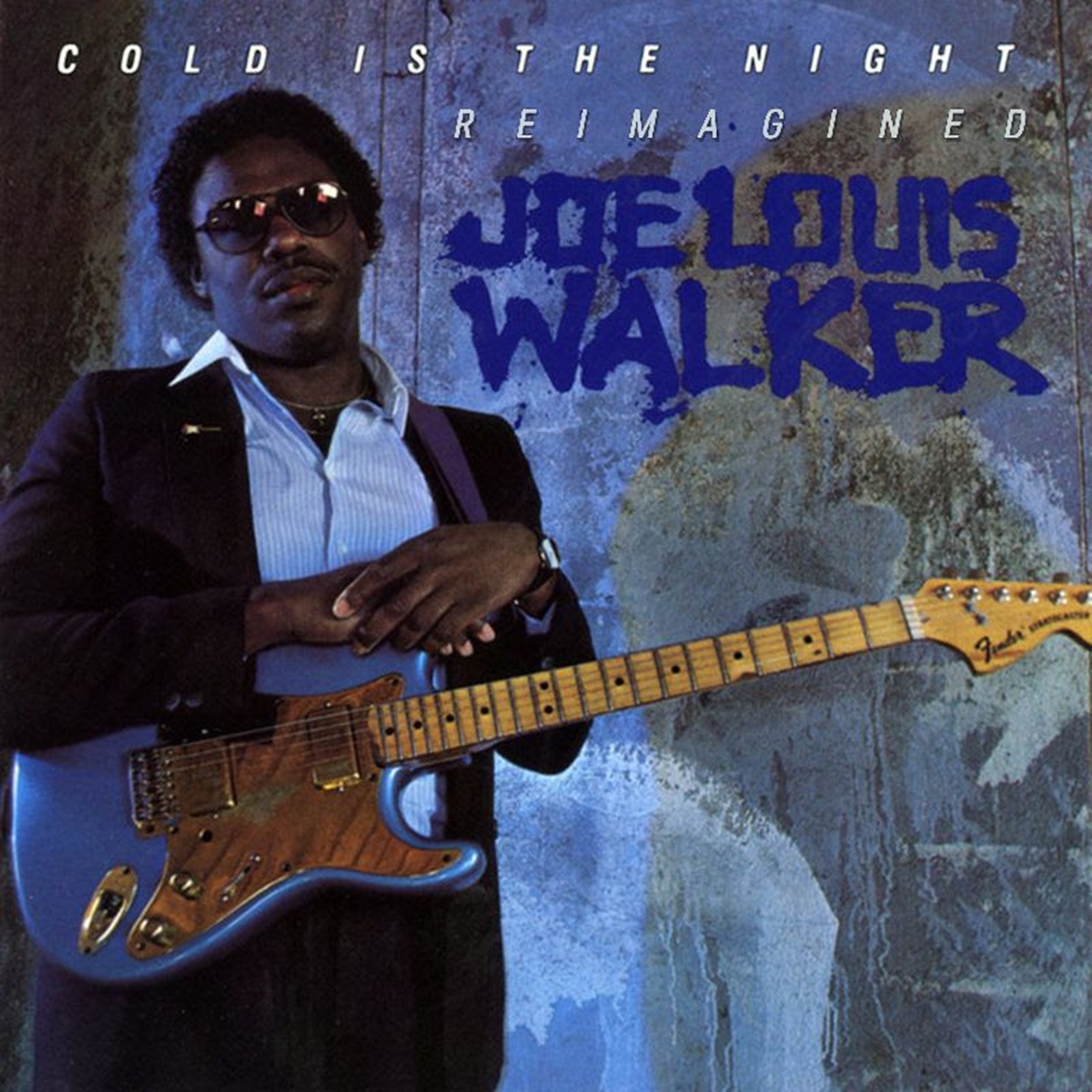Happy birthday to Graham Nash, a musical pioneer who’s graced our world with his honest songwriting, radiant harmonies, and steadfast commitment to artistic and social change. From his early days in England to his enduring presence as a solo artist and member of some of rock’s most revered groups, Graham has carved a path marked by courage, creativity, and heart. Today, on February 2, 2025, we at Grateful Web raise a celebratory glass to a legend still lighting up the stage.
Graham’s musical journey took flight in the early 1960s when he co-founded The Hollies with childhood friend Allan Clarke. This Manchester-based group rapidly gained popularity, delivering upbeat pop-rock and heavenly vocal harmonies. Though their style was radio-friendly and accessible, Graham’s eye for experimentation and emotional depth began to shine. Songs like “On a Carousel” and “Carrie Anne” revealed a sophisticated edge beneath the catchy hooks, laying the groundwork for Graham’s later exploration into more introspective songwriting.
By the late 1960s, Graham felt a calling to move beyond The Hollies’ pop formula. He sought new horizons, both geographically and musically, eventually heading to California. That bold leap sparked an enduring collaboration—one that would propel him into the pantheon of visionary singer-songwriters.
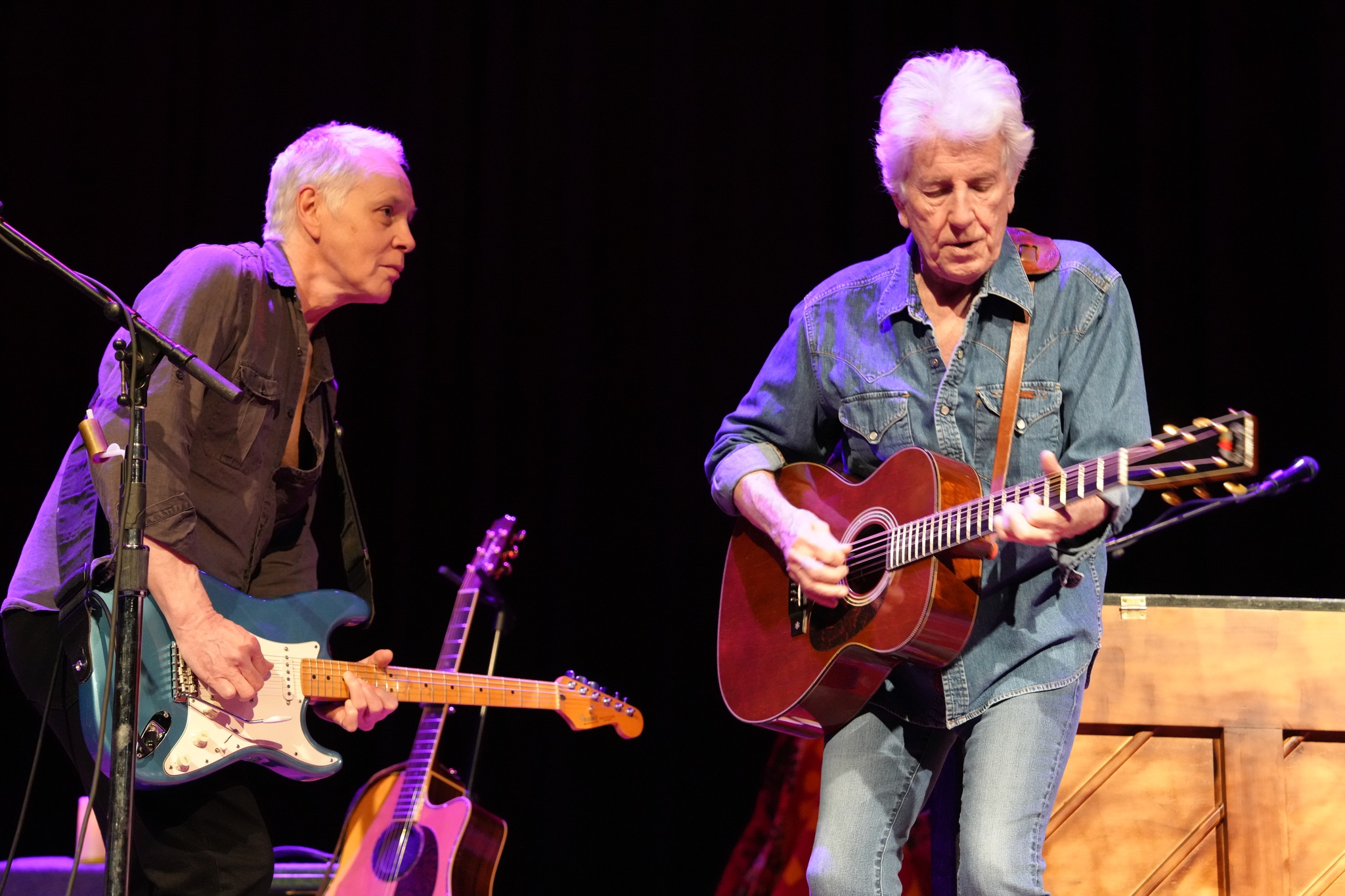
Upon arrival in Los Angeles, Graham aligned with David Crosby (formerly of The Byrds) and Stephen Stills (formerly of Buffalo Springfield). Their collective debut album, Crosby, Stills & Nash (1969), became an instant sensation, celebrated for its lush three-part harmonies and innovative blend of folk, rock, and pop. With Neil Young joining on and off, the quartet produced some of the most treasured records of the era, addressing personal struggles, politics, and the dreams of a generation.
Graham’s signature warmth and keen storytelling distinguished him in a group of strong personalities. Whether it was his confessional lyrics or that unmistakable high harmony, he provided the sweet glue that bound CSN (and sometimes Y) together. Over the years, he also formed a close partnership with David Crosby as the duo Crosby & Nash, touring and recording records that allowed Graham to expand his repertoire in more intimate settings.
A Note from Grateful Web: Buffalo 7/16/90
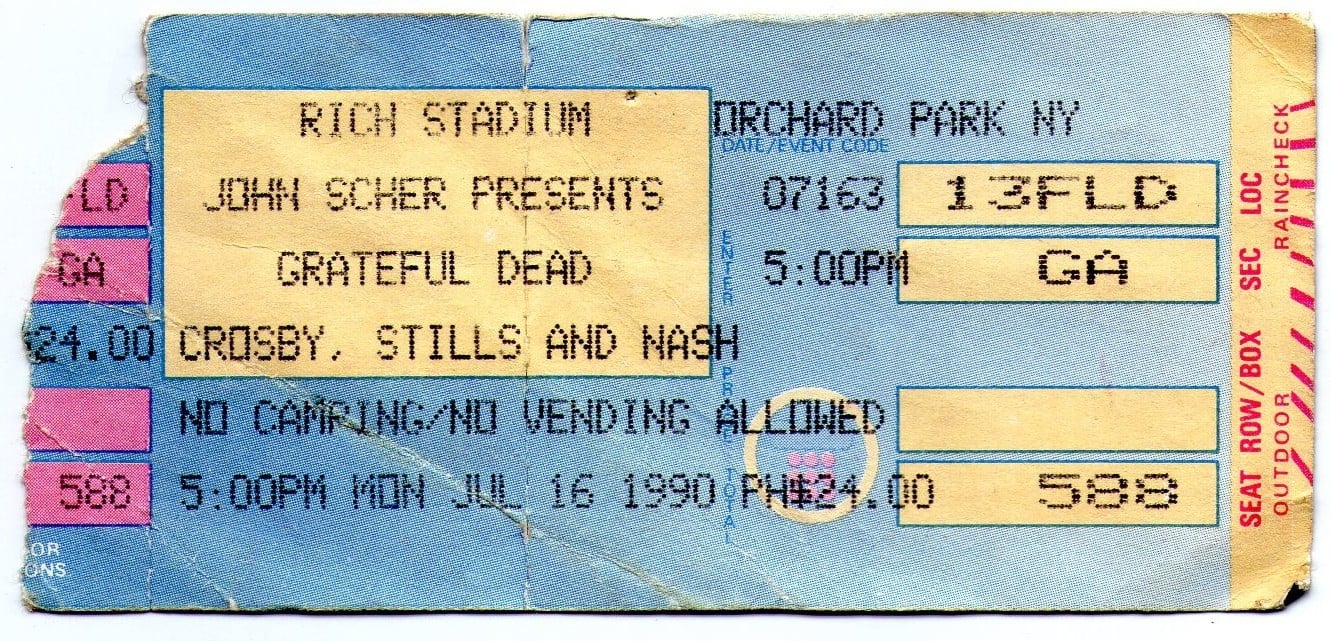
One of our fondest memories here at Grateful Web was witnessing Crosby, Stills & Nash open for the Grateful Dead on July 16, 1990, at Rich Stadium in Buffalo, NY. It was a glorious day under the summer sun, and both bands absolutely delivered. The Dead were in peak form, and CSN’s soaring harmonies set the perfect tone for the jam-filled extravaganza. To this day, we still talk about that magical show with wide smiles and happy hearts—one of the many reasons we hold Graham Nash and his longtime collaborators so dear.
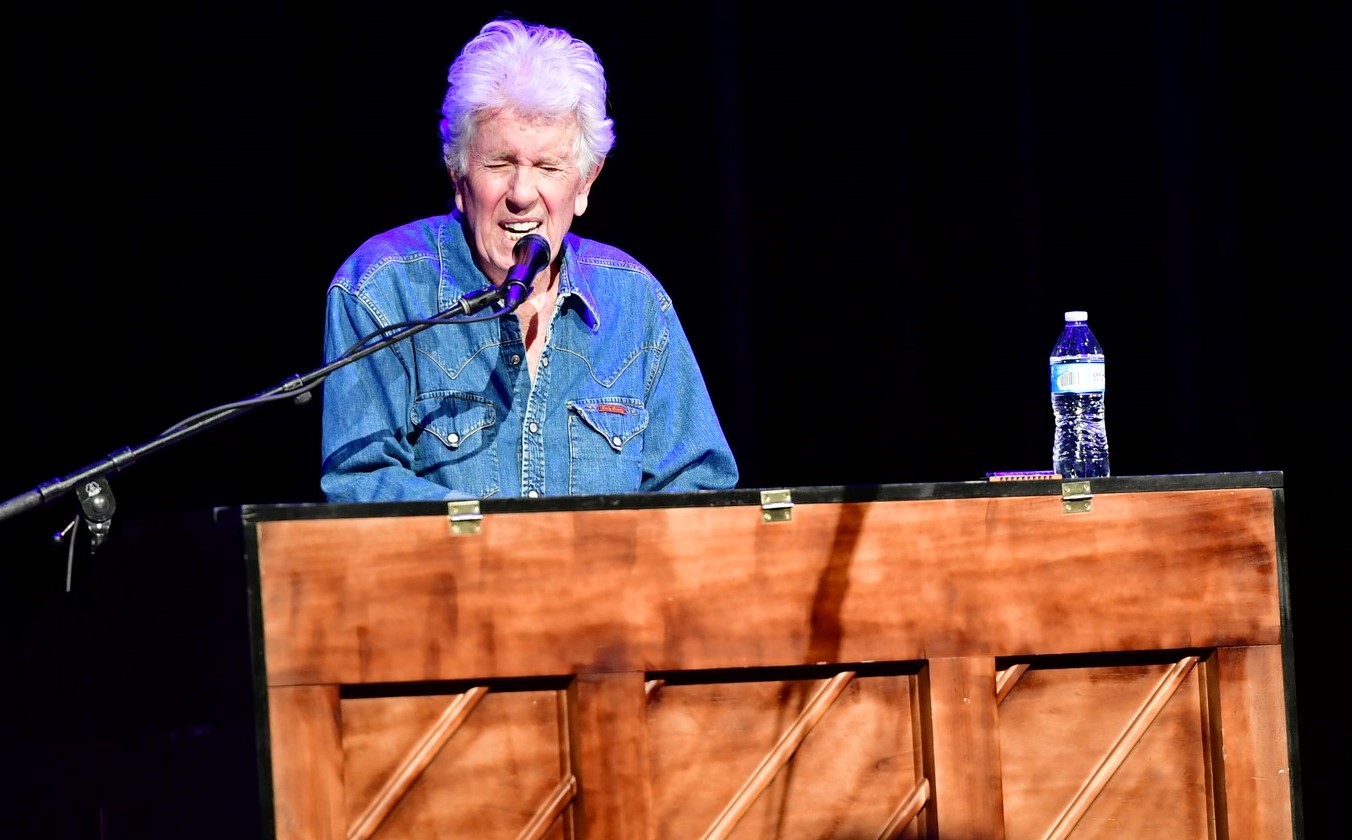
Beyond his group ventures, Graham’s solo career stands on its own merit. Albums like Songs for Beginners (1971) and Wild Tales (1973) showcased his talent for weaving personal experience with a universal message. Never one to shy away from activism, Graham channeled his convictions into tracks that tackled social issues, championed peace, and kept alive the spirit of 1960s idealism.
Over the decades, his dedication to freedom of expression, anti-nuclear activism, and human rights has remained unwavering. He’s also a gifted photographer—his keen eye for the visual arts has led to numerous exhibits, further underlining the versatile artistry he brings to everything he does.
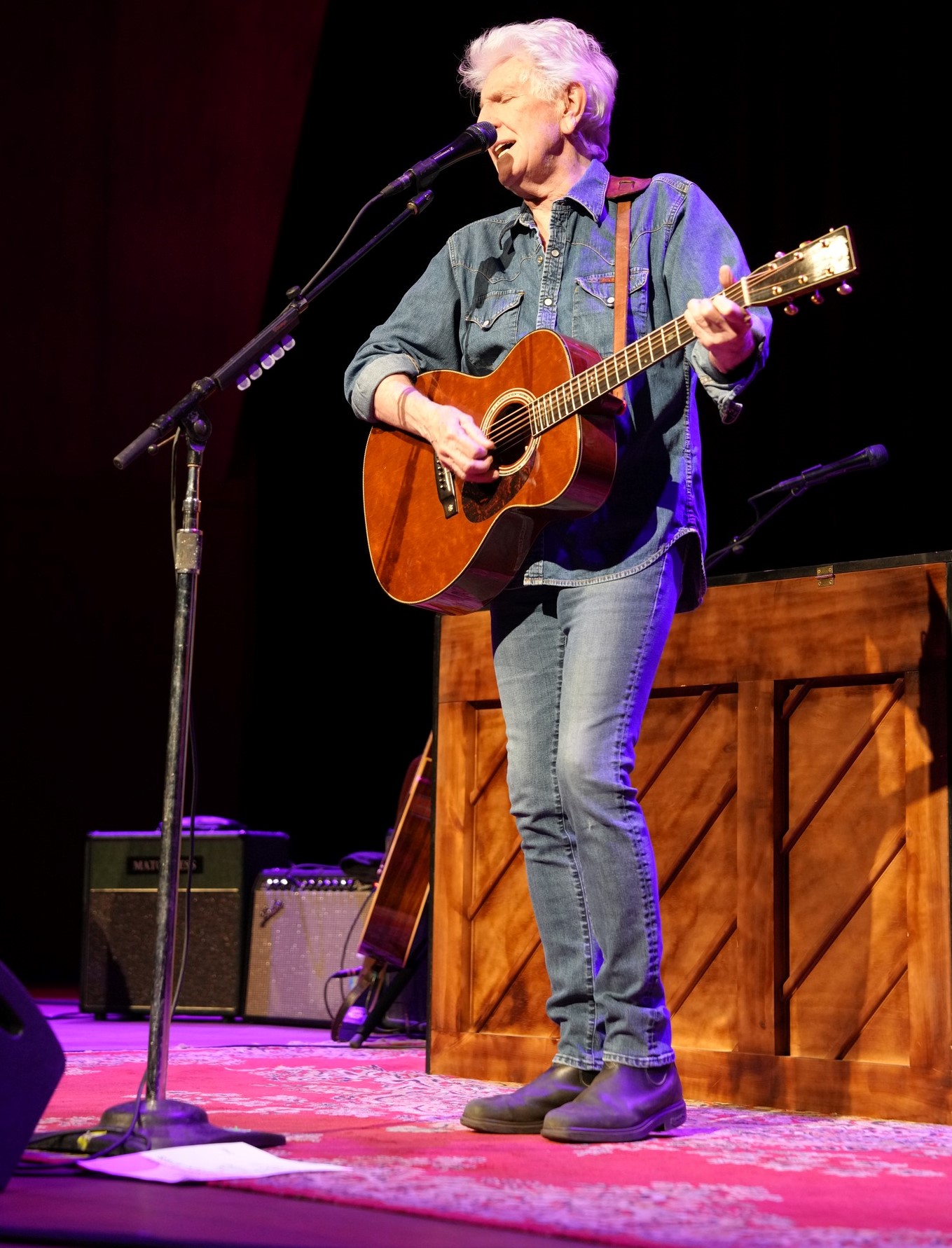
Today, at 83, Graham continues to tour and record new material. His voice might bear gentle signs of a life well-lived, but the same spark from those early Hollies days endures. His unwavering passion for truth and beauty in song is a gift that resonates across generations.
Graham Nash’s 15 Greatest Songs
Below is our take on 15 standouts from Graham’s rich repertoire. They span his time with The Hollies, CSN, CSNY, Crosby & Nash, and his solo work. Each track reflects a different facet of his brilliance—whether it’s a personal testament to love, a plea for social justice, or a blissful burst of harmony.
“On a Carousel” (The Hollies, 1967)
Why It’s Great: An early pop gem showcasing Graham’s knack for vibrant melodies and killer hooks. The energetic, soaring chorus hints at his later flair for lush harmonies.
“King Midas in Reverse” (The Hollies, 1967)
Why It’s Great: This tune signaled Graham’s push toward more experimental sounds. Its intricate arrangement and thoughtful lyrics indicated a creative mind eager to break free from pop constraints.
“Marrakesh Express” (Crosby, Stills & Nash, 1969)
Why It’s Great: Lighthearted yet sophisticated, it epitomizes the sunshine-infused mystique of late ‘60s California rock. Graham’s fascination with exotic locales underscores his wide-ranging curiosity.
“Teach Your Children” (Crosby, Stills, Nash & Young, 1970)
Why It’s Great: A timeless anthem about passing wisdom to future generations. Its gentle country-rock vibe blends seamlessly with a heartfelt message of hope, rendered unforgettable by Jerry Garcia’s sweet pedal steel lines.
“Our House” (Crosby, Stills, Nash & Young, 1970)
Why It’s Great: A tender snapshot of domestic bliss inspired by Joni Mitchell. It’s a song that feels as cozy as its subject, grounded by Graham’s loving sincerity.
“Chicago” (Graham Nash, 1971)
Why It’s Great: From his solo debut Songs for Beginners, this is a rallying cry for activism in the wake of the tumultuous Democratic National Convention of 1968. Urgent and earnest, it calls upon the listener to stand up and be counted.
“Military Madness” (Graham Nash, 1971)
Why It’s Great: Also off Songs for Beginners, this track continues Graham’s political commentary. A punchy groove underpins the pointed lyrics about wartime mentality, reflecting his passion for peace.
“I Used to Be a King” (Graham Nash, 1971)
Why It’s Great: An introspective reflection on personal change and romantic partings. With contributions from Jerry Garcia on steel guitar, it fuses a gentle country-rock ambiance with deeply poignant storytelling.
“Simple Man” (Graham Nash, 1971)
Why It’s Great: A heartbreakingly honest look at the emotional aftermath of a breakup. Stripped-down and delicate, it captures the vulnerability that often surfaces in Graham’s most captivating songs.
“Immigration Man” (Crosby & Nash, 1972)
Why It’s Great: A direct call for compassion and fairness at border checkpoints. Its driving rhythm and thought-provoking lyrics mirror ongoing global conversations around immigration policies.
“Wild Tales” (Graham Nash, 1973)
Why It’s Great: The title track from his second solo album, it highlights his raw songwriting style. Earthy and personal, it peers into the chaotic side of fame and the music business.
“Wasted on the Way” (Crosby, Stills & Nash, 1982)
Why It’s Great: A reflective track about missed opportunities and lessons learned. Graham’s warm lead vocal, paired with those incomparable group harmonies, keeps the song hopeful.
“Just a Song Before I Go” (Crosby, Stills & Nash, 1977)
Why It’s Great: Written on a dare that Graham couldn’t pen a hit quickly, it shot up the charts. Proof of his effortless ability to spin a catchy melody and introspective lyric in short order.
“Cathedral” (Crosby, Stills & Nash, 1977)
Why It’s Great: A contemplative journey through history, religion, and personal revelation. The layered harmonies and poetic imagery generate a spiritual atmosphere.
“This Path Tonight” (Graham Nash, 2016)
Why It’s Great: A latter-day highlight from Graham’s solo album of the same name. It finds him musing on life’s winding road, revealing that time has only deepened his perspective.
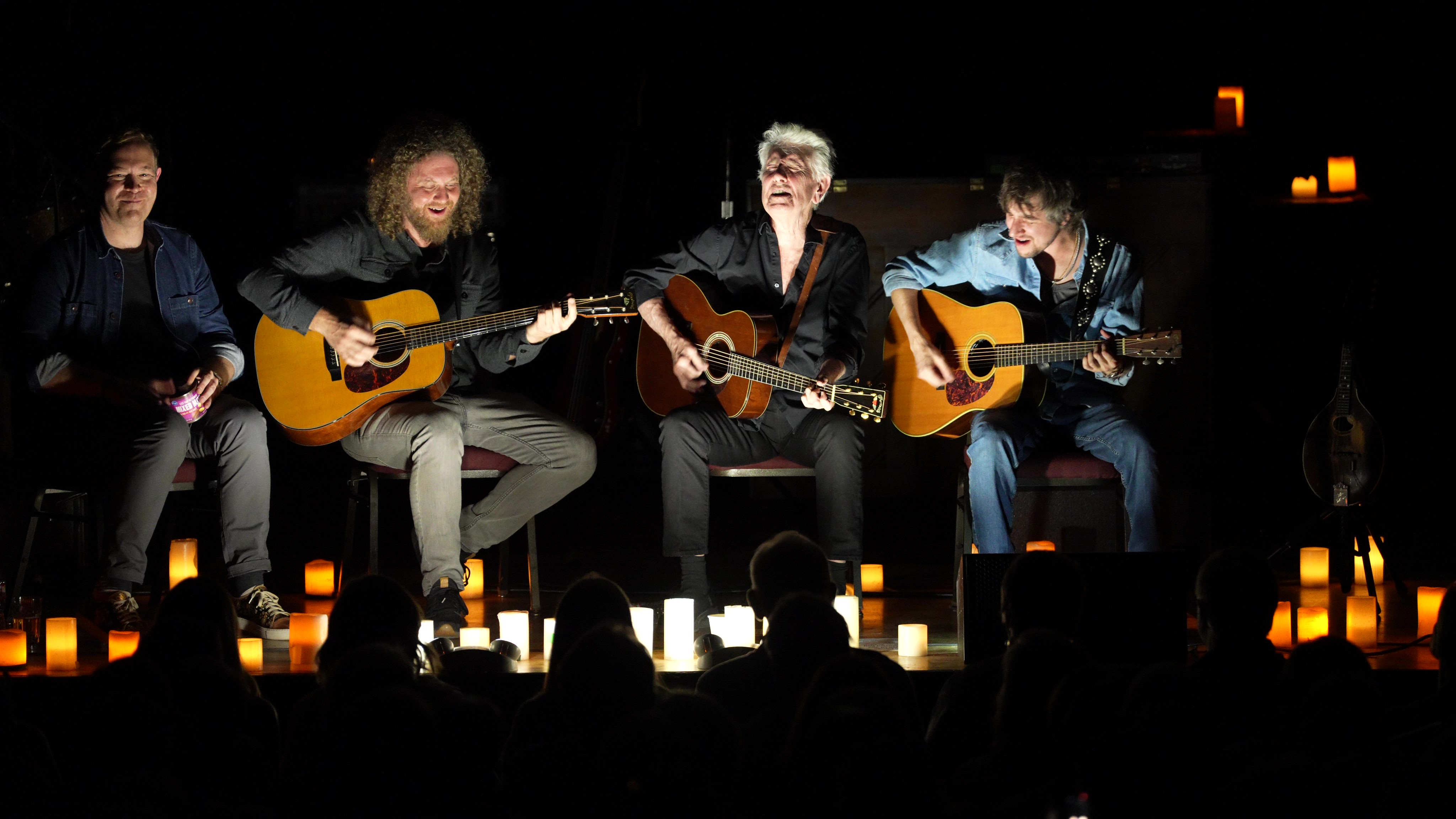
Throughout his career, Graham Nash has shown us that the human voice, united in harmony, is a potent instrument for change, empathy, and joy. From the British Invasion beginnings to his still-vibrant presence on stage, his art continues to speak to both longstanding fans and newcomers searching for authentic connection in music.
As we celebrate his birthday, we salute Graham for his gentle spirit, unwavering social consciousness, and the monumental influence he’s had on modern songwriting. We’ll never forget the day we saw him and his bandmates fire up the crowd right before the Grateful Dead took the stage in Buffalo—moments like those remind us why we keep coming back for more.
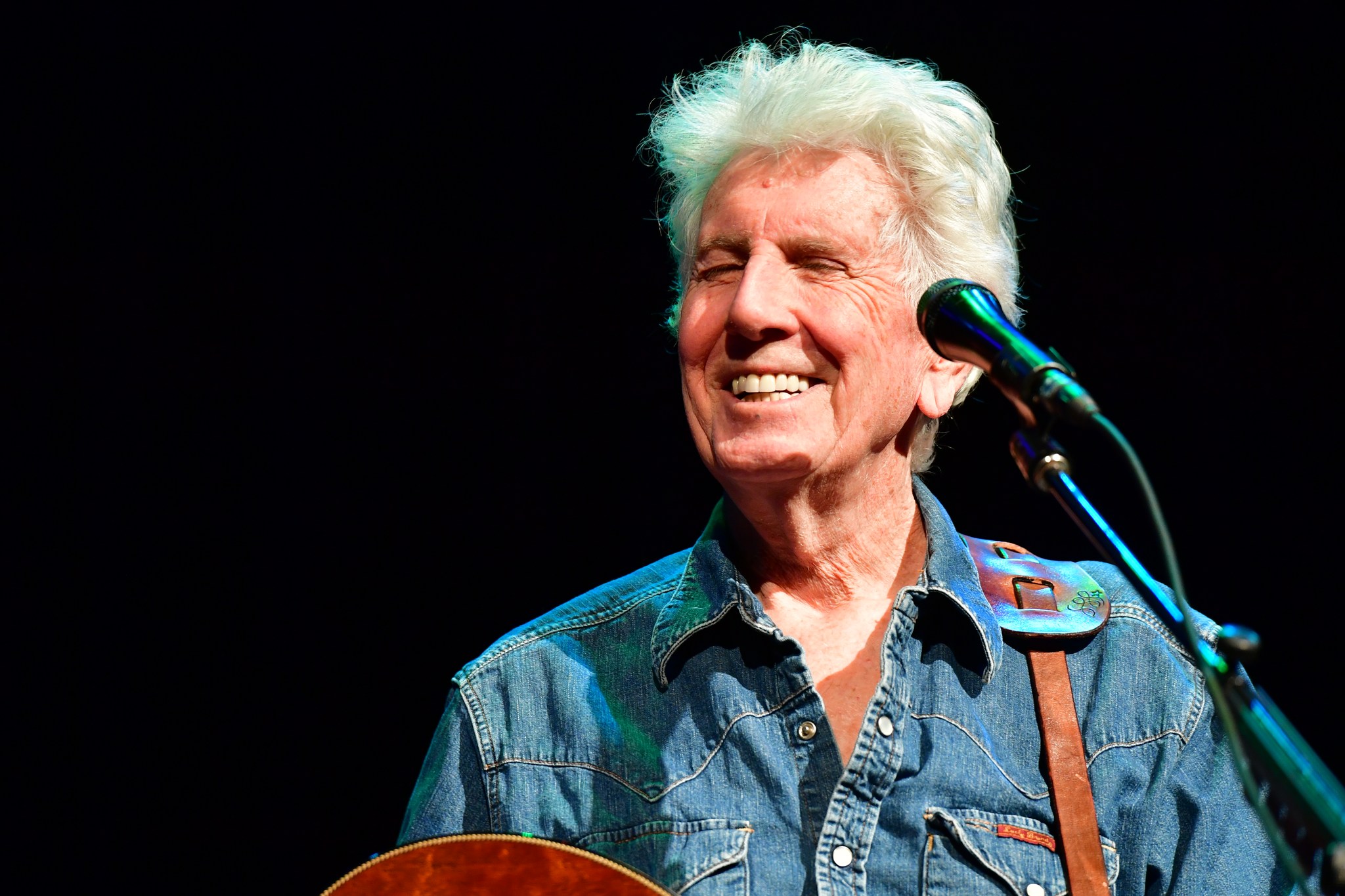
Thank you, Graham, for the decades of extraordinary melody and truth. Here’s to many more years of artistry, activism, and luminous harmony. From all of us at Grateful Web—Happy Birthday, Graham Nash!





